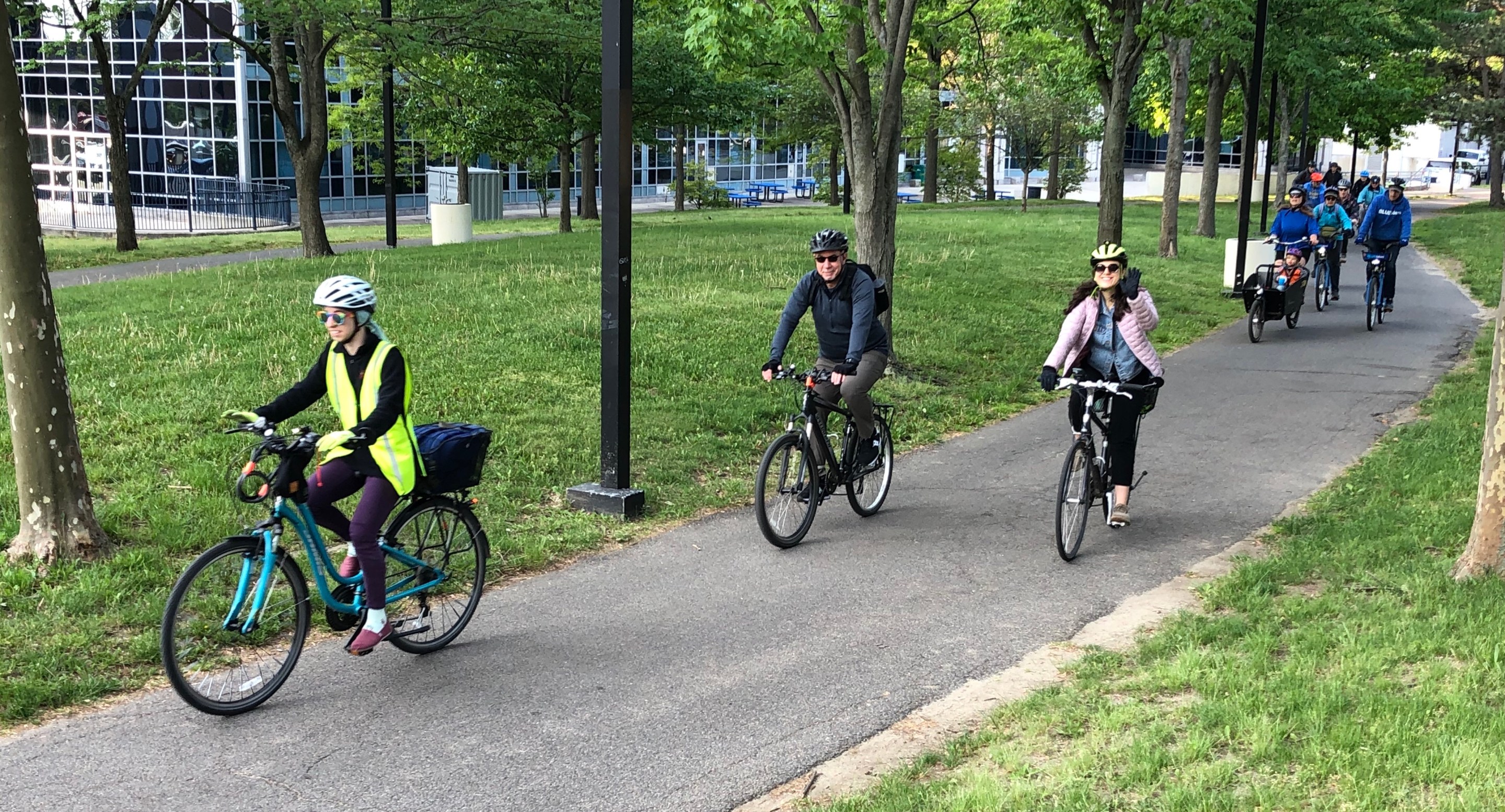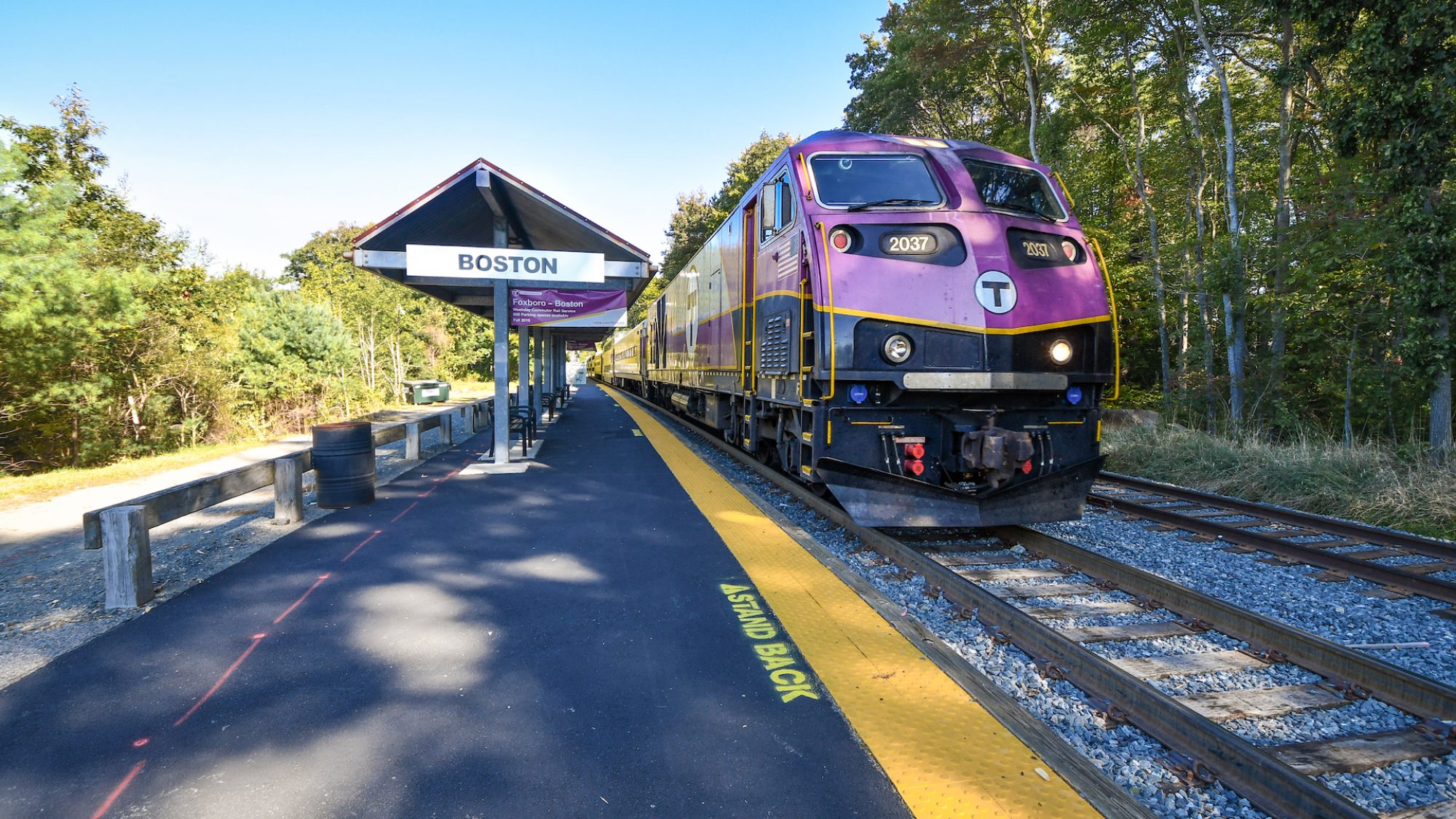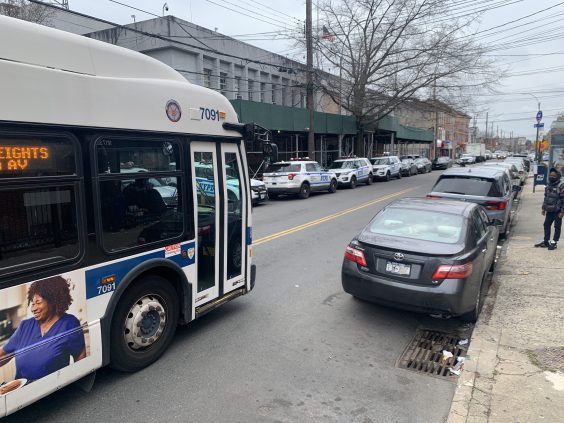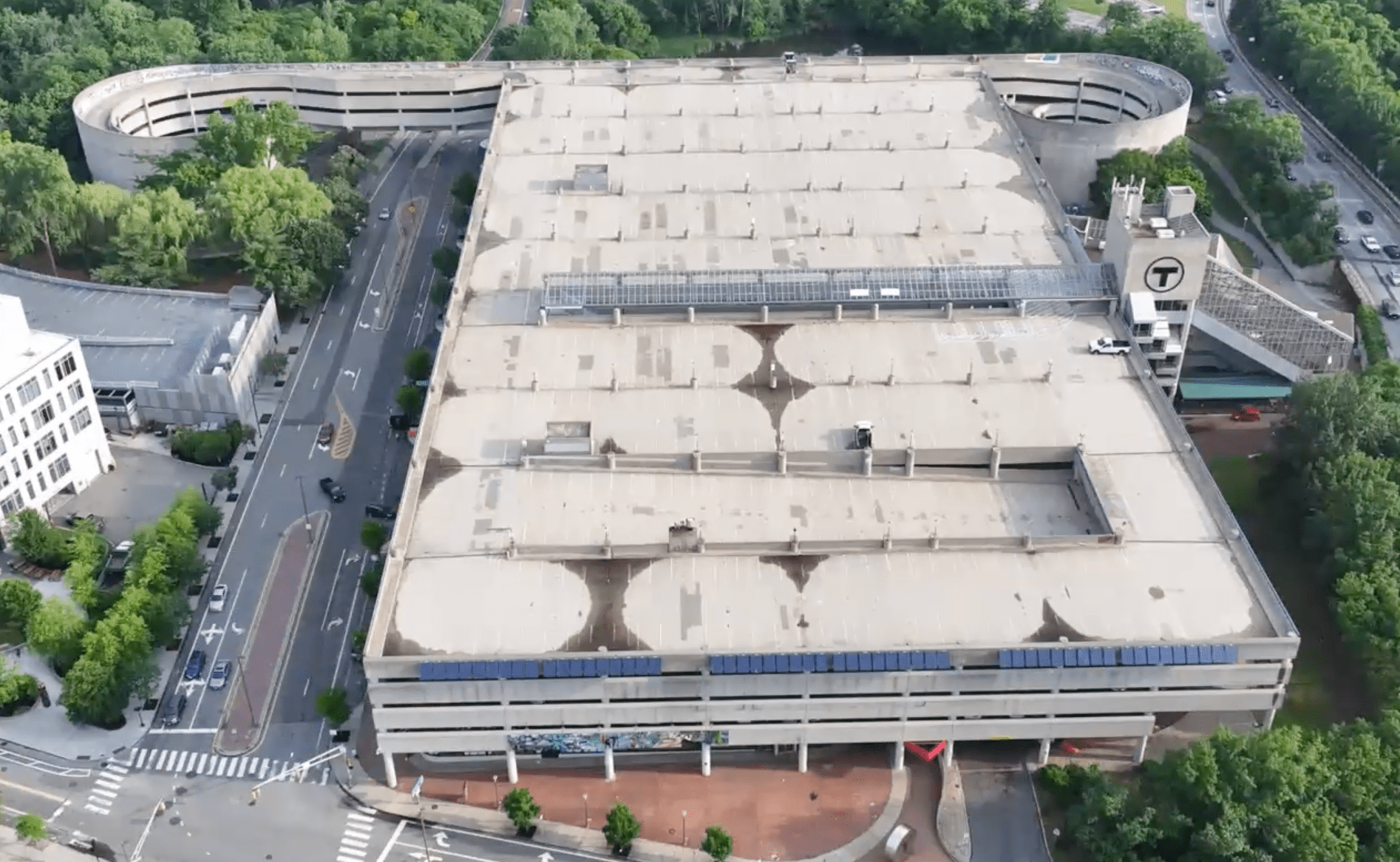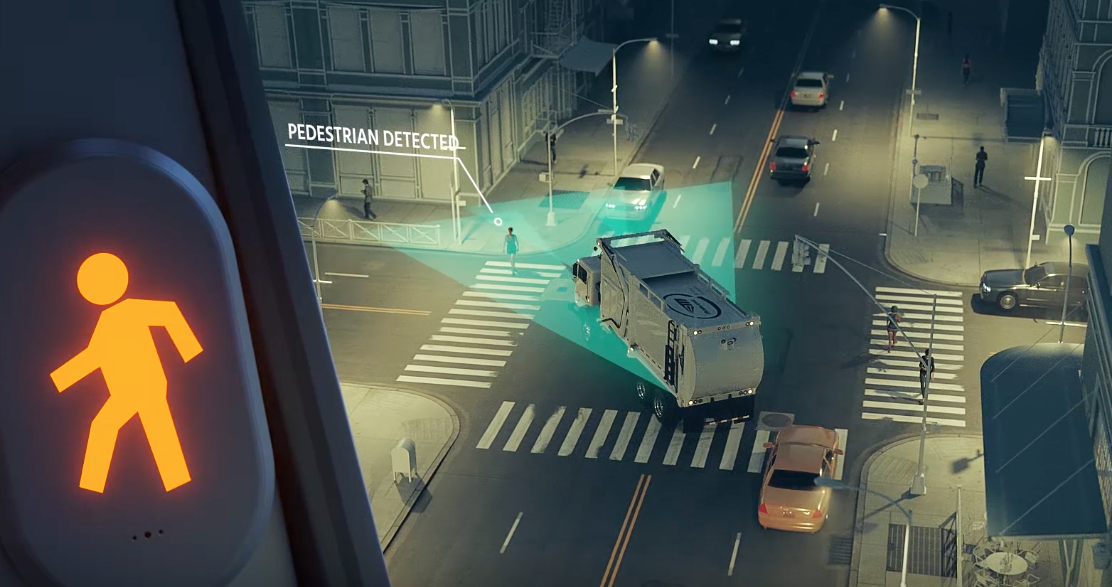The state Department of Recreation (DCR) is working on a Southwest Corridor Park Action Plan to revitalize one of Boston’s busiest greenways, and the agency hosted its second public meeting for the project on February 28th.
The Southwest Corridor Park (SWCP) is a 4-mile linear park that stretches along the Orange Line from Back Bay down to Forest Hills. It occupies the land that the state government had taken for its failed Southwest Expressway project between Jamaica Plain, Roxbury, and Back Bay.
Now nearly 40 years old, the park is showing its age, and the DCR wants to revitalize the park as a “common backyard” that encourages walking, cycling, and connection to nature, and mitigates the effects of climate change.
The project
The plan for the park includes “creating a visionary yet actionable plan for the future of the SWCP as well as the roadmap to implement it,” according to DCR.
This will include:
- Repairing and enhancing park features
- Ensuring the park’s amenities reflect the community’s desires
- Improving mobility and creating a safe, connected, welcoming, and accessible path system
- Adapting the park to a changing climate
- Centering equity and justice
For the past year, DCR and its consultants have been reaching out to neighbors and taking a detailed inventory of the park’s existing conditions.
Last month’s public hearing brings the plan into the “action” stage, with a presentation on draft designs and recommendations. Slides from this meeting can be found here.
The first item for discussion was regarding the park’s “corridor-wide elements,” namely the park’s visual identity, cooling, stormwater, and biodiversity.
The team suggested implementing new signage, a standard bench design throughout the park, adding drinking fountains, and prioritizing tree planting and shade in environmental justice areas.
Questions surrounding accessibility and rest were popular. Attendees asked to not make the new benches “hostile benches” and not use arm rests “to prevent people from lying down and resting.”
While the current plan calls for seasonal bathrooms, meeting participant Eliott Wiener advocated for public bathrooms to be open year-round.
“People use the Southwest Corridor all year,” he said.
The second aspect of the SWCP Action Plan that the project team presented on was how to improve the park’s mobility, circulation, and accessibility.
Suggestions and practices discussed included widening the park’s bike path, distinguishing between walking and biking paths to promote safe multimodal travel, widening curb ramps with separate bike and pedestrian crosswalks, and raising intersections to slow vehicles.
These recommendations align with the City of Boston’s plans to add center-running bus lanes to Columbus Avenue and Tremont Street between Jackson Square and Ruggles.
That busway would run alongside the central segment of the Southwest Corridor Park, and Boston’s plans also call for upgraded trail crossings and crosswalks to improve access between the park and the project’s proposed new bus stops.

DCR also wants to upgrade the park’s paths, signage, and furnishings to make them compliant with the Americans with Disabilities Act (ADA), as the park was designed before the ADA was enacted and due to this timeline, various aspects of the park are not in compliance.
During the last section of the presentation, DCR staff acknowledged specific elements of park and recreation throughout the SWCP and outlined plans for improving them for people and animals of all ages.
This ranges from updating playgrounds to add more elements of active play for children, repaving preexisting and adding new sports courts, providing loanable fitness equipment, developing more skate-friendly features.
Community gardens would undergo renovations and expansion, and the park would see an increase in formal and informal dog areas and fenced dog parks.
The park often overlaps with the MBTA by way of decks, or park areas that sit over the railroad tracks, and in the new Action Plan, collaboration with the MBTA will allow for these decks to be updated and serve as spaces for informal programming on underutilized MBTA-owned land.
The SWCP Action Plan also will prioritize developing a stronger connection between the park and the Kelly Rink in Jamaica Plain, to build upon its role in the community to offer more year round activities like pickleball, skateboarding, roller skating, and pop-up vendors like farmers markets and beer gardens.
Meeting participant Joshua Larson praised the DCR and their consultant team for making a strong effort to respond to feedback.
Larson remarked that, after offering some comments at the previous public meeting, “literally every single one has been addressed with suggestions today.”
What comes next?
DCR is accepting additional public comment on the proposed plan until March 20, 2024, and this interactive Storymap website contains more information and updates regarding the project.
The SWCP Action Plan team plans to hold more public meetings in the spring and summer, and kick off the “Implementation Strategy” phase of the project in May.
